Warning
The following may contains spoilers for Vinland Saga Seasons 1 & 2!
Set against the backdrop of the 11th Century Viking invasion of England, Vinland Saga uses its ultra-violent imagery and plot to convey its pacifistic ideals. Especially in its second season, the show strives to show audiences that violence isn’t a successful method of conflict resolution and that there are dire consequences for those who chose that path.

Vinland Saga openly displays its pacifistic themes from its first episode through the characterisation of Thors. Once the greatest warrior in Norway, Thors faked his death and fled the Jomsvikings to live a life of peace with his wife. In a flashback, Thors’ pacifistic psychology was birthed in tandem with his son Thorfinn, as the show suggests that he was previously a proud warrior, celebrating his culture and role as a warrior. Throughout his brief appearance in the series, Thors is repeatedly guiding Thorfinn towards the path of least resistance, installing the idea that a ‘true warrior’ needs no sword. There are many interpretations of this mantra, one being that ferocity and violence are never the true solution to a problem, as it always results in further conflict. Thors’ peacenik beliefs are fuelled by regret and guilt of his violent past, a complex that later comes to affect Thorfinn in Season 2.
Cruelly, Askeladd also becomes a paternal figure in Thorfinn’s life. On the surface, Askeladd and Thors are polar opposites in their respect for war and violence, although, Askeladd also favours creative solutions rather than overt violence to solve problems. Vinland Saga is inspired by real historical events and Scandinavian culture. In Asbjørnsen and Moe’s Norwegian Tales, Askeladd is the name of the protagonist in a number of stories. The youngest of three brothers, this Askeladd is initially regarded as incapable but proves himself by finding creative solutions, succeeding where all others who relied on brawn have failed. While Vinland Saga’s Askeladd does not follow a moral code, his creative solutions have an influence on the man Thorfinn is to become, indirectly morphing Thorfinn into the ‘true warrior’ his father hoped he would be.

Vinland Saga uses the chronology of its story to deceive viewers, lulling them into false expectations of the show’s tone and plot, to later emphasise its ideologies. For 24 episodes, viewers are treated to violent spectacles, featuring men who are strong enough to hurl tree trunks at ships, berserk warriors who use hallucinogens to induce rage, and epic moments of tactical combat, both in duels and grand battles. Episode 24, then pulls the rug out from underneath audiences, revealing in the Episode’s title that everything they had just watched was the prologue. After Season 1, the show’s tone and pacing slow dramatically and the bloody violence that had once been the primary source of entertainment for viewers, are scars on the characters’ memories and consciences. Much like in real life, in Vinland Saga violence is always followed by a consequence. For audience members that primarily watched for the show’s gruesome action scenes, and those who idealise the Viking’s violent culture, these scenes are consequently stripped away in the second season as the show forces episodes of slower introspection on those viewers, revealing the horrifying reality and result of what they were idolising and entertained by.
This is not the only time viewers’ expectations were used against them to support the show’s message. Audiences spent 21 episodes with Thorfinn, driven by rage and vengeance, expecting a satisfying ending to his revenge plot against Askeladd. However, in a major plot twist, Askeladd is killed by the orders of Canute in Season 1’s final episode, leaving Thorfinn’s dreams of blood-soaked revenge unfulfilled. The show uses this plot twist as a moral reminder, to both Thorfinn and the audience, about the reality of violent solutions – that they are never satisfying as they first appear. If Thorfinn were to have killed Askeladd, he would have gone on to live a life of regret, haunted by the moral teachings of his father. Instead, the show throws us this curveball as a reminder of how easy it is to get swept up in anger and revenge.

Season 2 pits Thorfinn against the consequences of his own violent past. Einar is introduced, an Englishman enslaved as a result of the Danish conquest. One night, Einar attempts to strangle Thorfinn at night after finding out he was a Viking warrior. This flips Thorfinn’s role as the victim seeking revenge in Season 1, to now being the antagonist of someone else’s desire for justice, demonstrating that violent solutions only lead to more violence. Einar restrains himself from killing Thorfinn, suggesting that Einar is already closer to being a ‘true warrior’ than Thorfinn, despite never actually being a warrior.
All of this happens while Thorfinn has one of many re-occurring nightmares about his experiences with Askeladd. While Thorfinn has not outwardly admitted or accepted it, his subconscious is filled with regret and remorse for his violent past. With his backstory established, Season 2 takes a more overt approach to its message through Thorfinn’s lens. Now a slave on a farm in Denmark, Thorfinn feels apathetic to life, the consequence of having his violence-filled purpose unceremoniously torn from him. What’s most interesting about Thorfinn in Season 2 is that he chooses to remain a slave. Viewers, and Thorfinn himself, are well aware that he could easily kill everyone on the farm and escape to freedom, yet he does not. Instead, he chooses the non-violent path. Along with Einar, he works for his freedom by cutting down trees and farming, showing his progression towards being a ‘true warrior’, like his father would have actually wanted.
Season 1 cleverly relied on juxtaposition and deception to convey its message of pacifism and the consequences of violence. The very concept of Vinland Saga is juxtaposition – a story of peace and morality set against one of history’s most violent cultures, a culture that openly celebrated and prayed for war. Season 2 is taking a more direct approach, now that most of its characters are established and future episodes and Seasons will begin Thorfinn’s emotional reconciliation as he faces the consequences of his past.



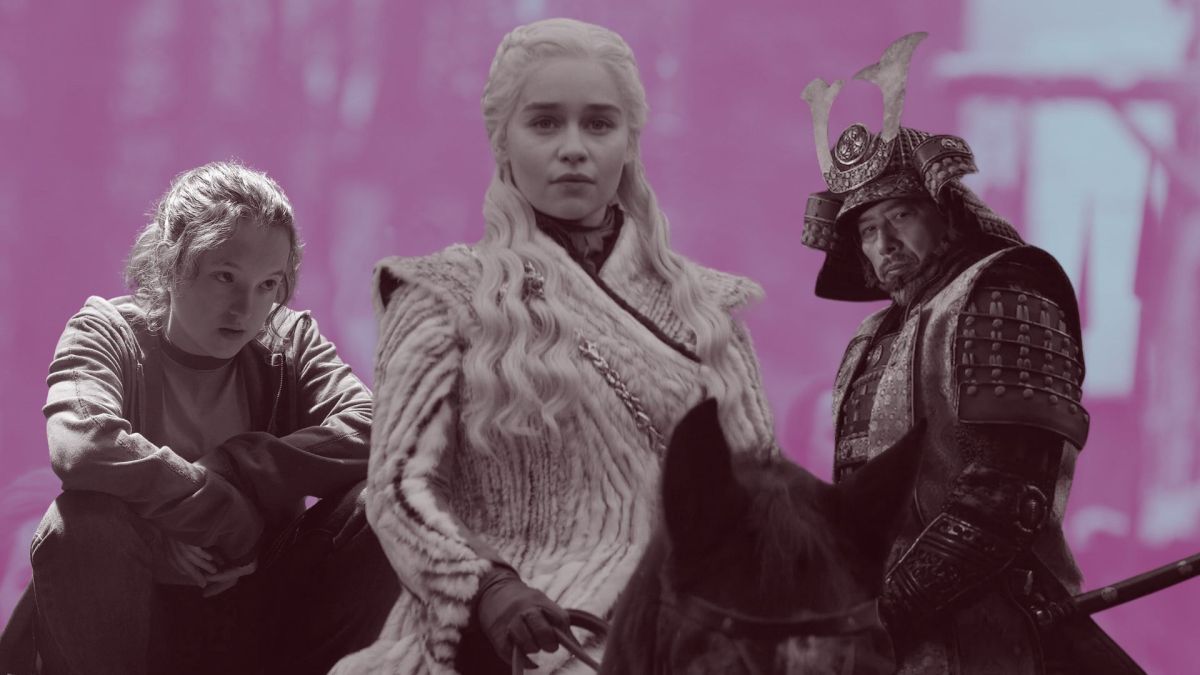
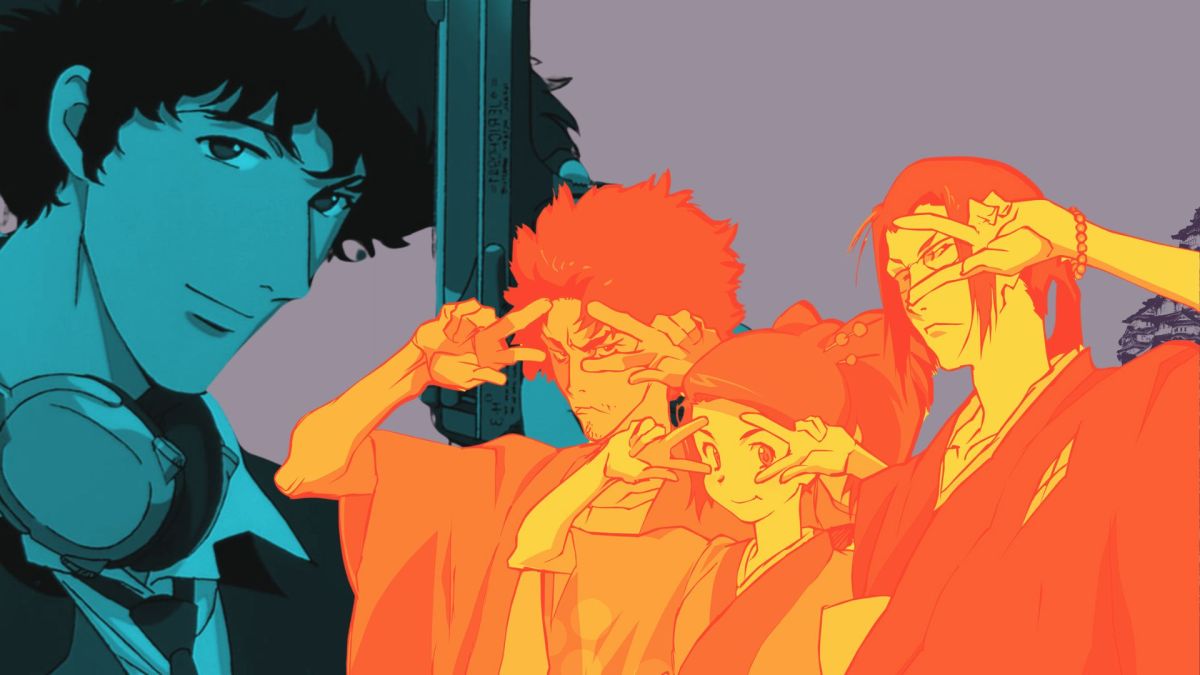
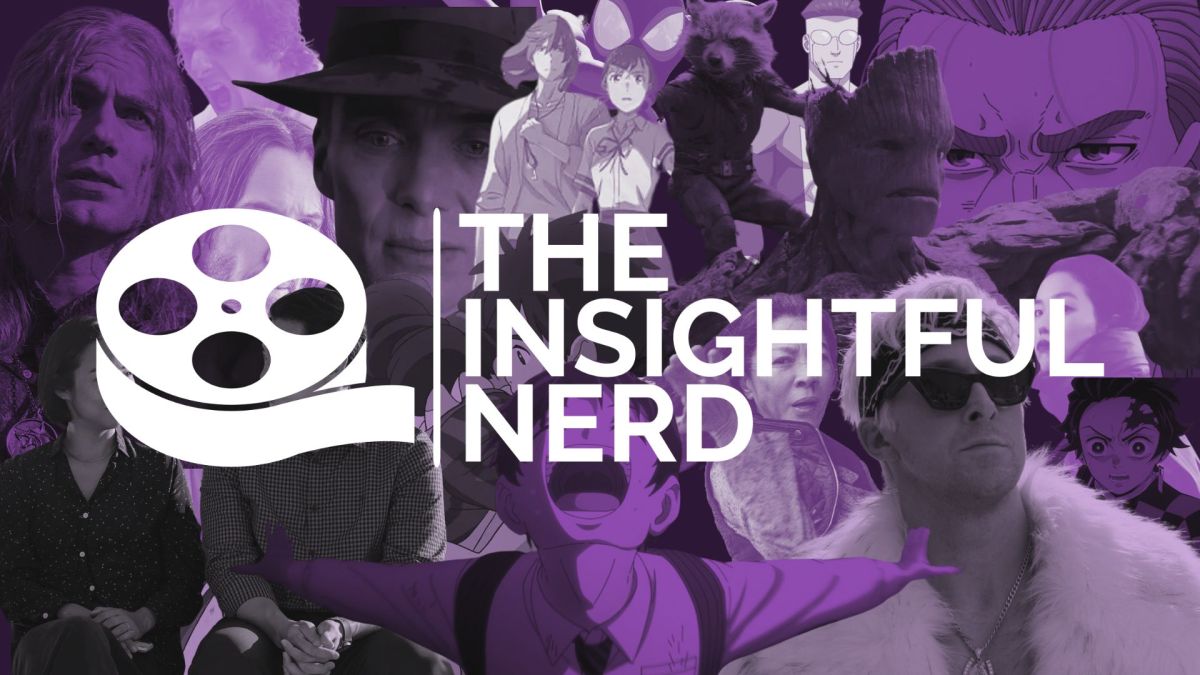
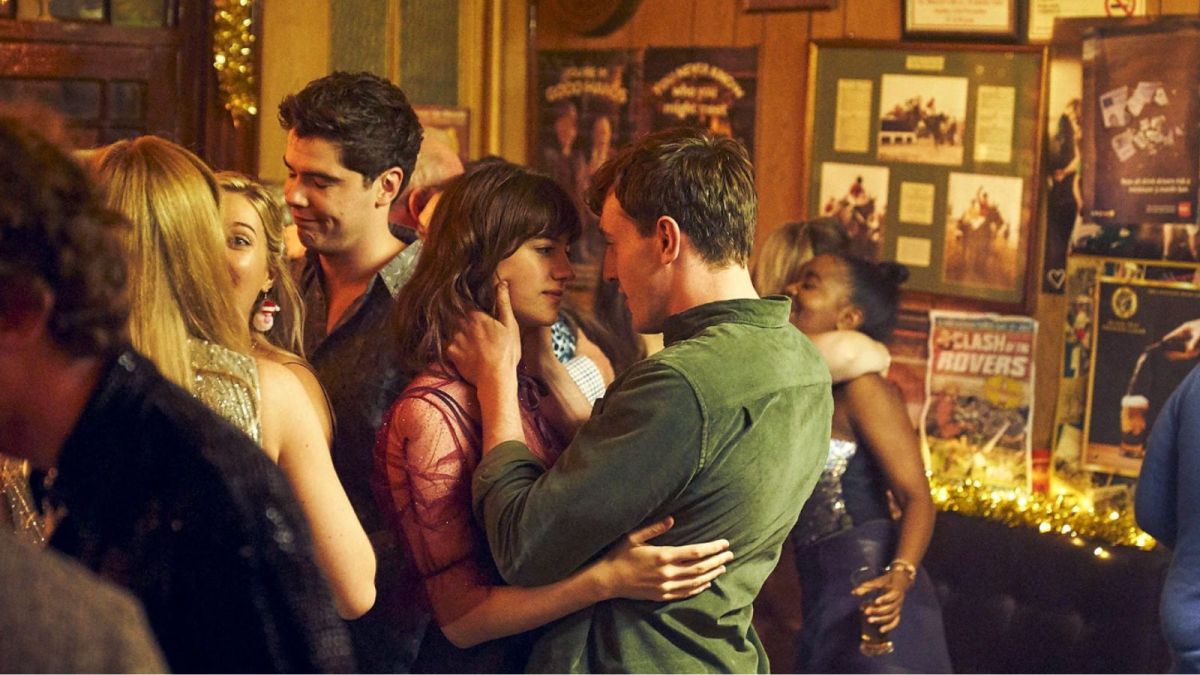
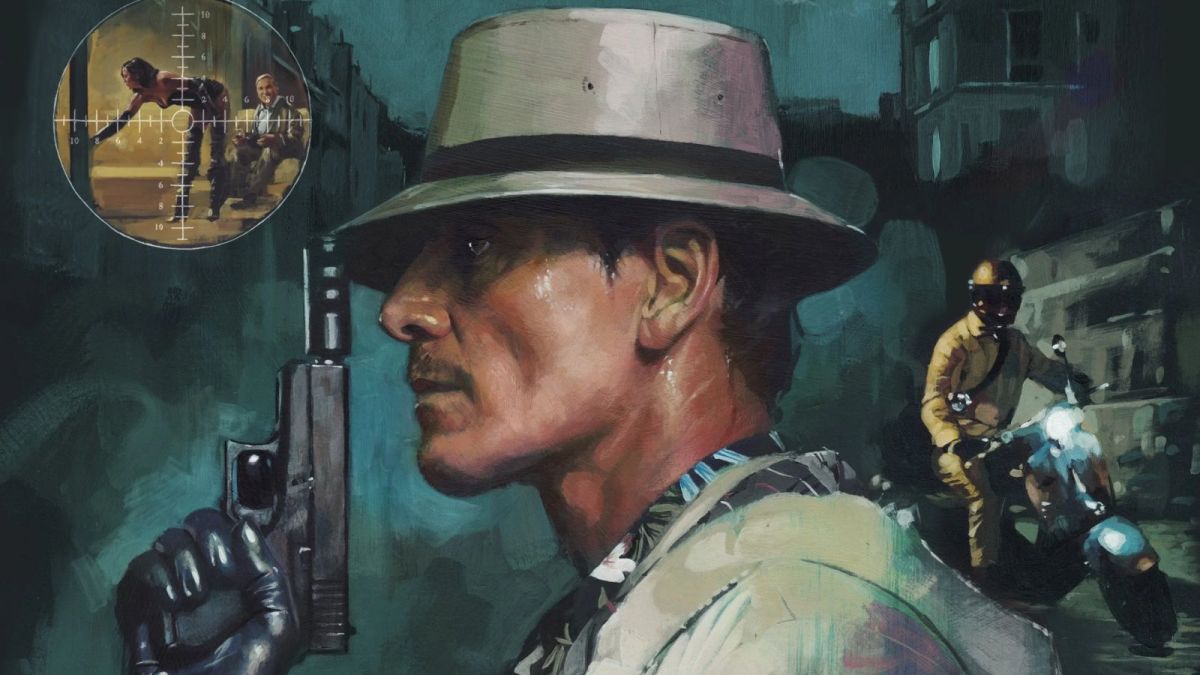

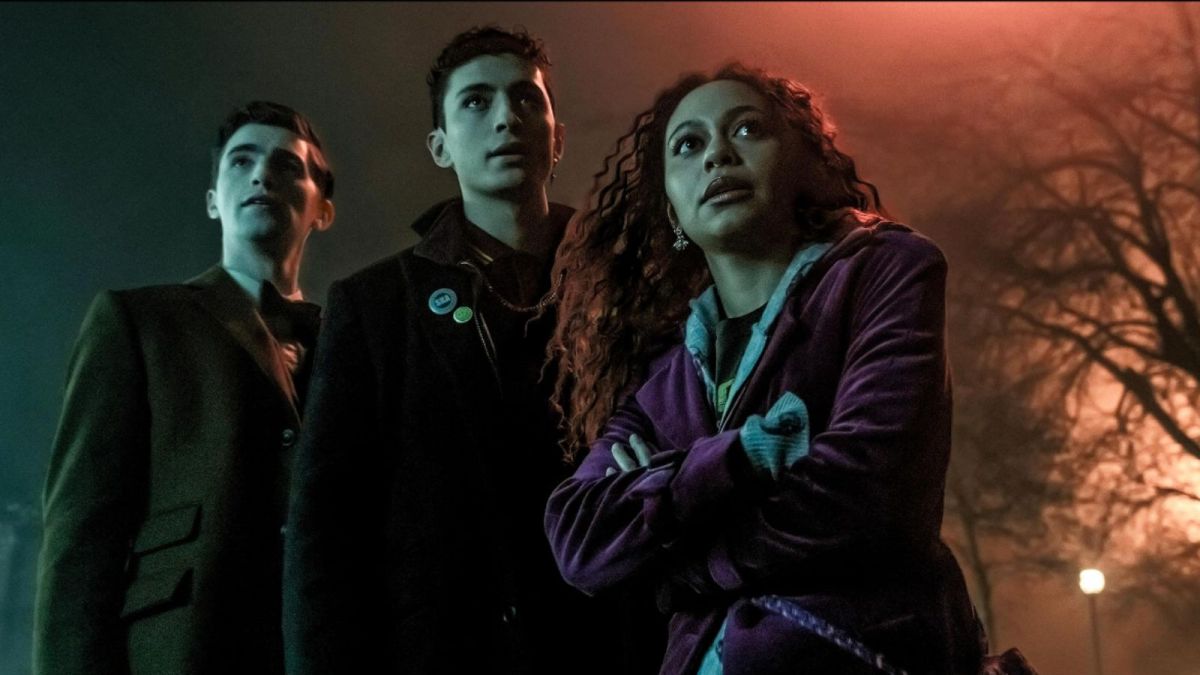

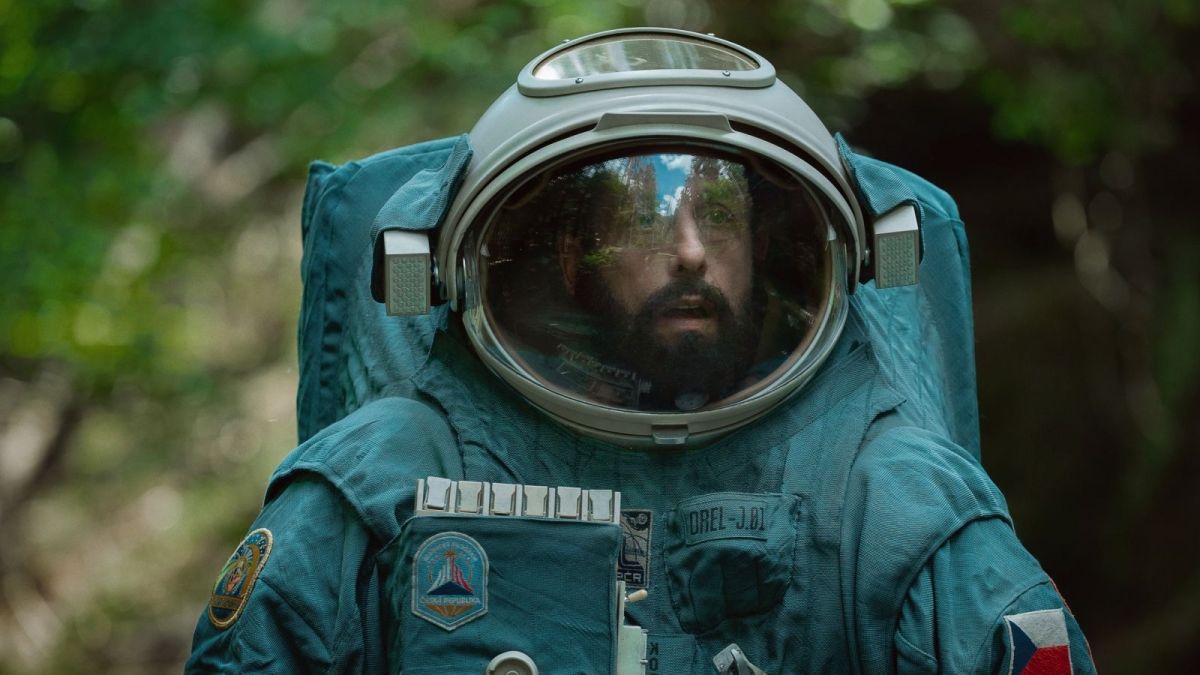
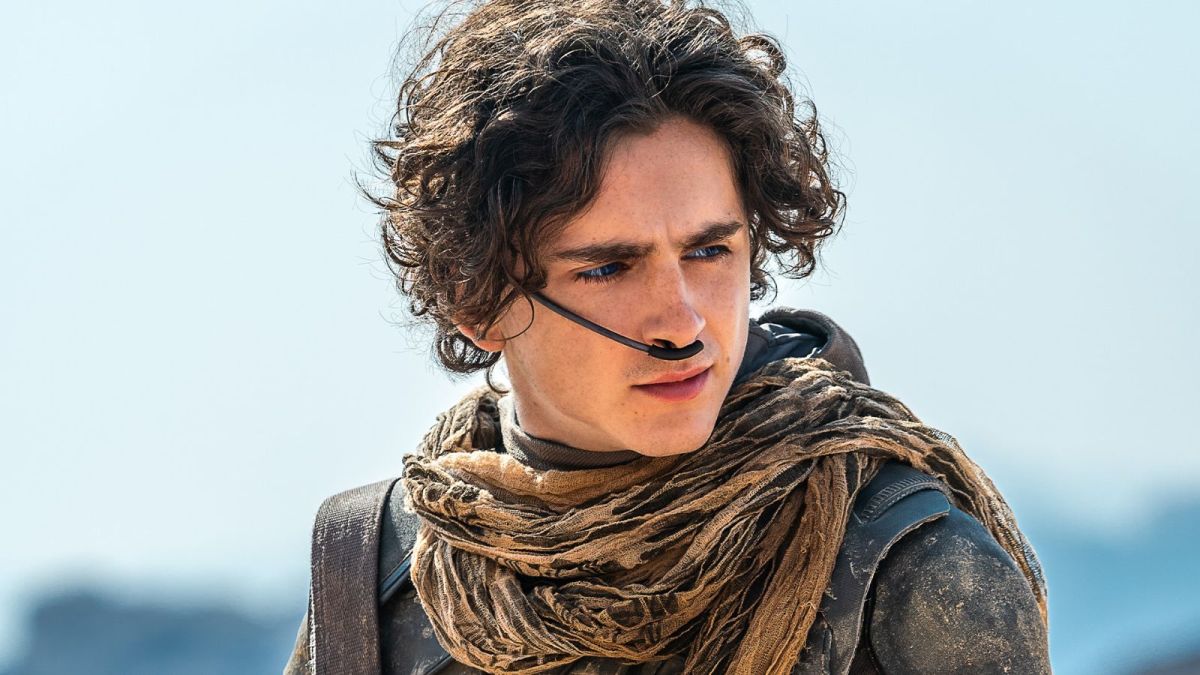
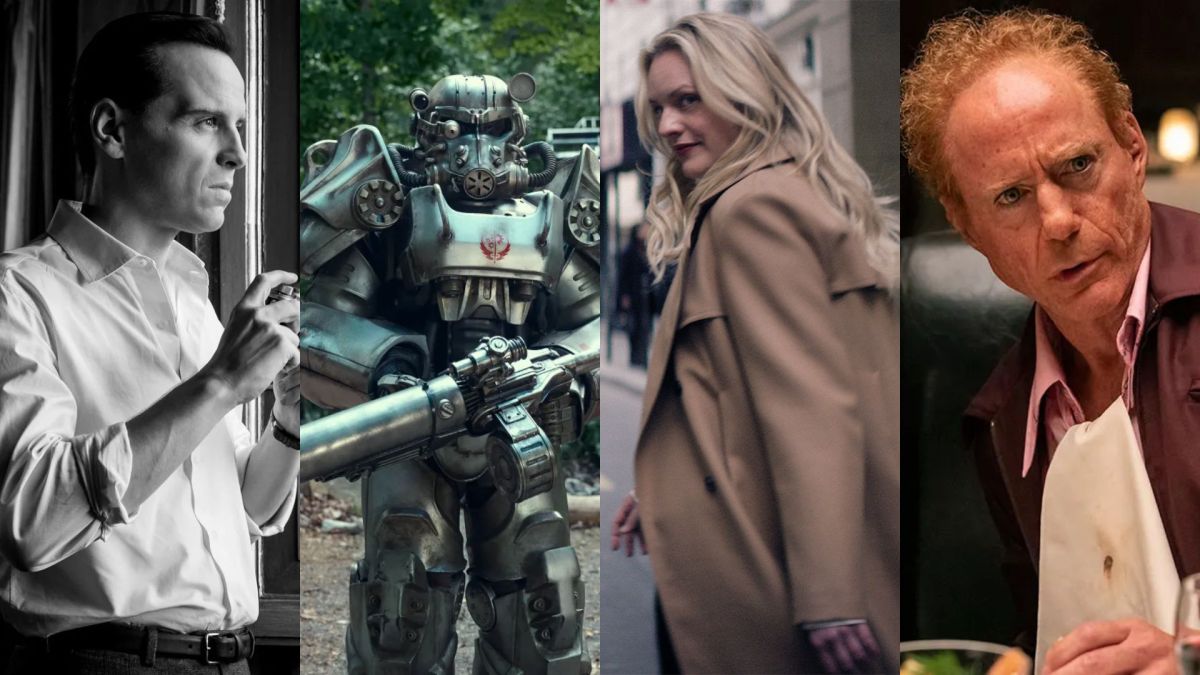
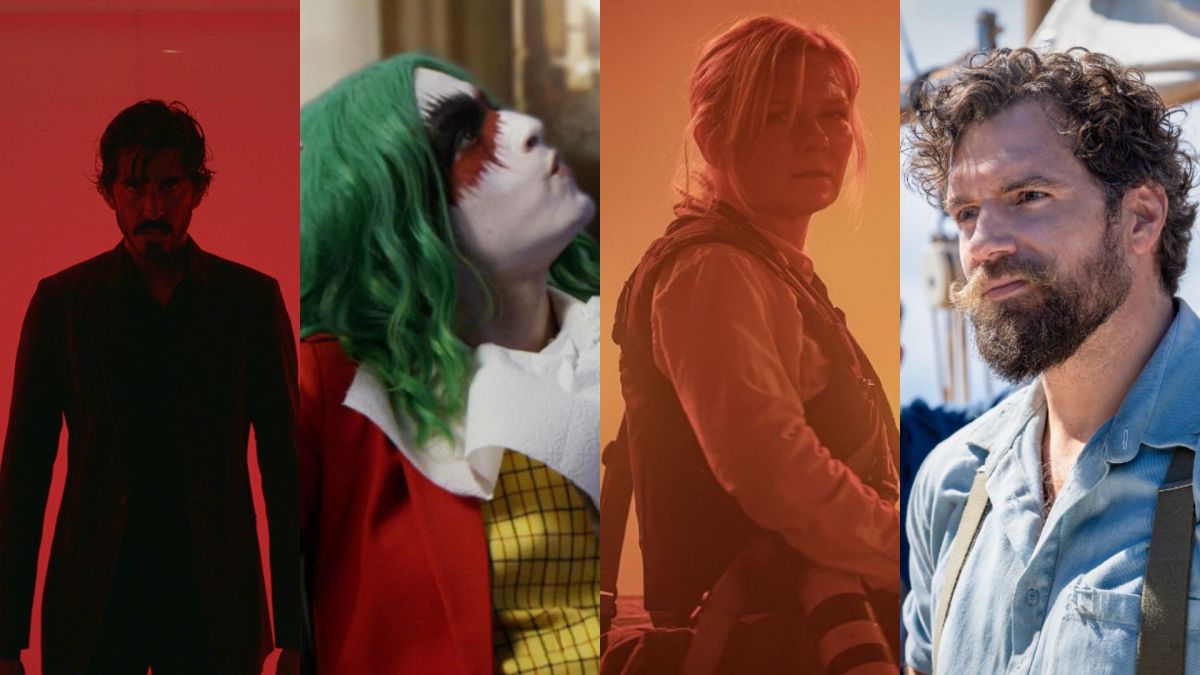
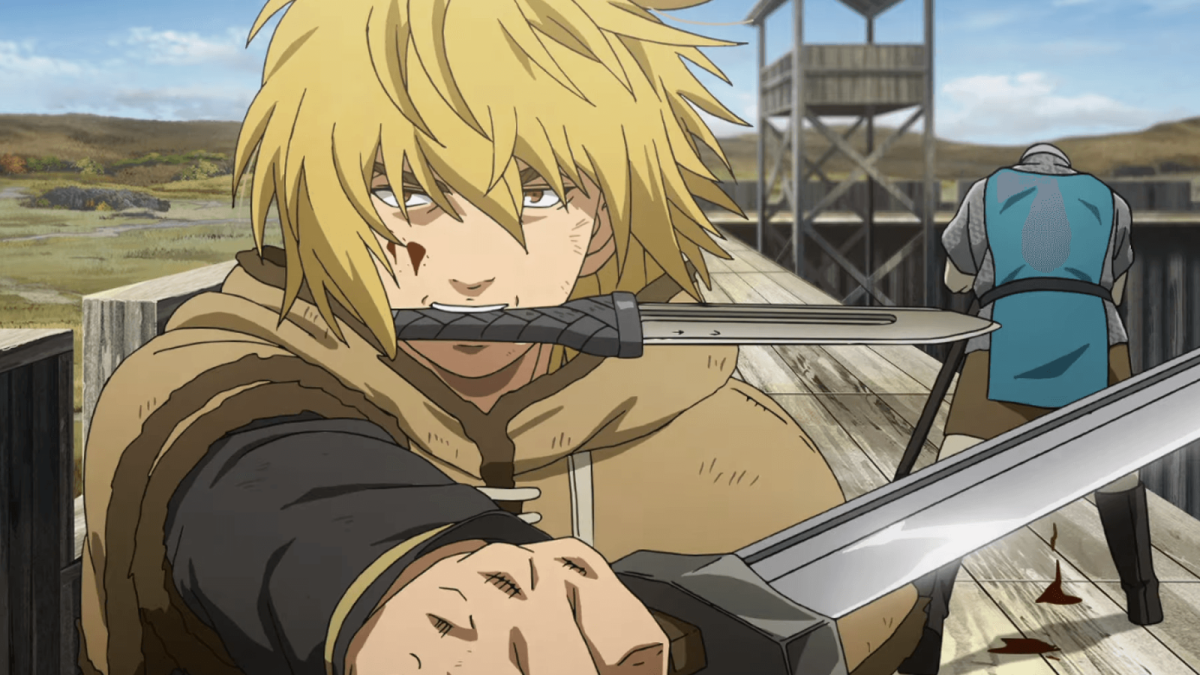
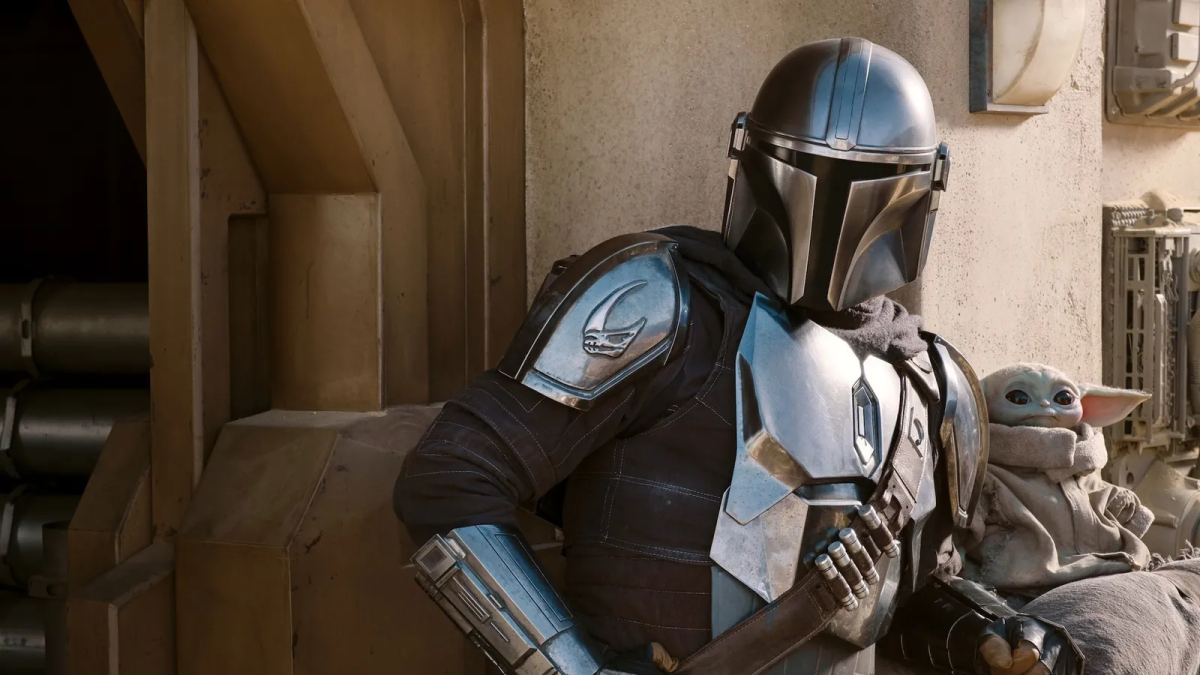
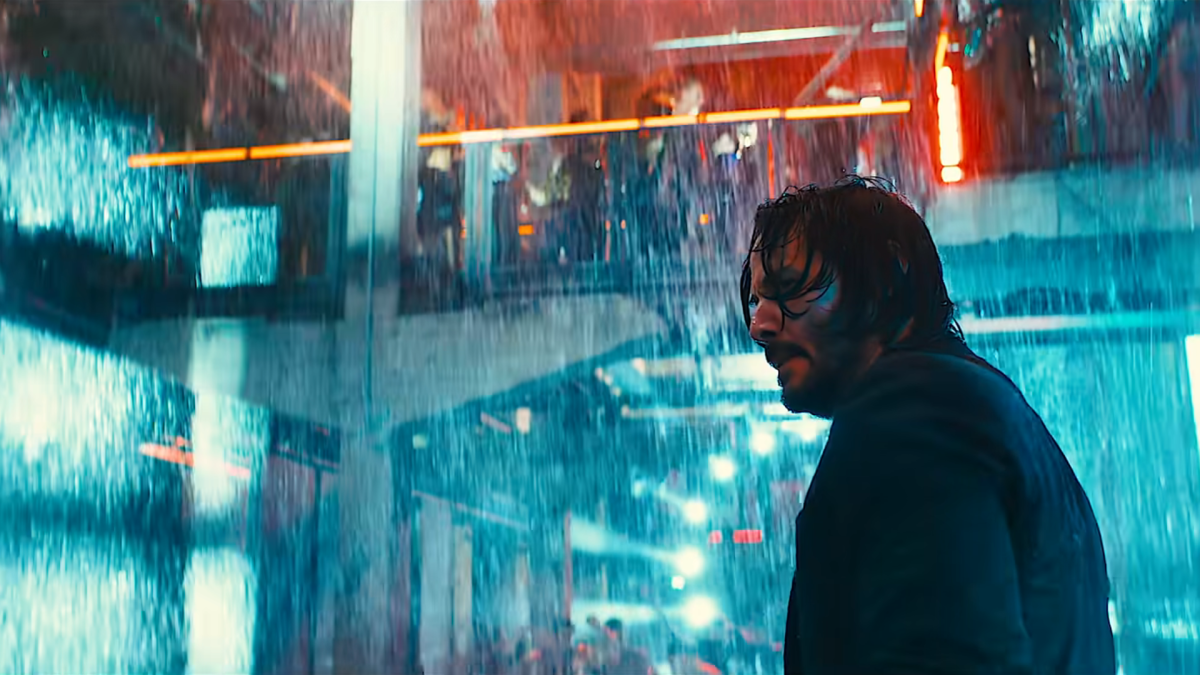
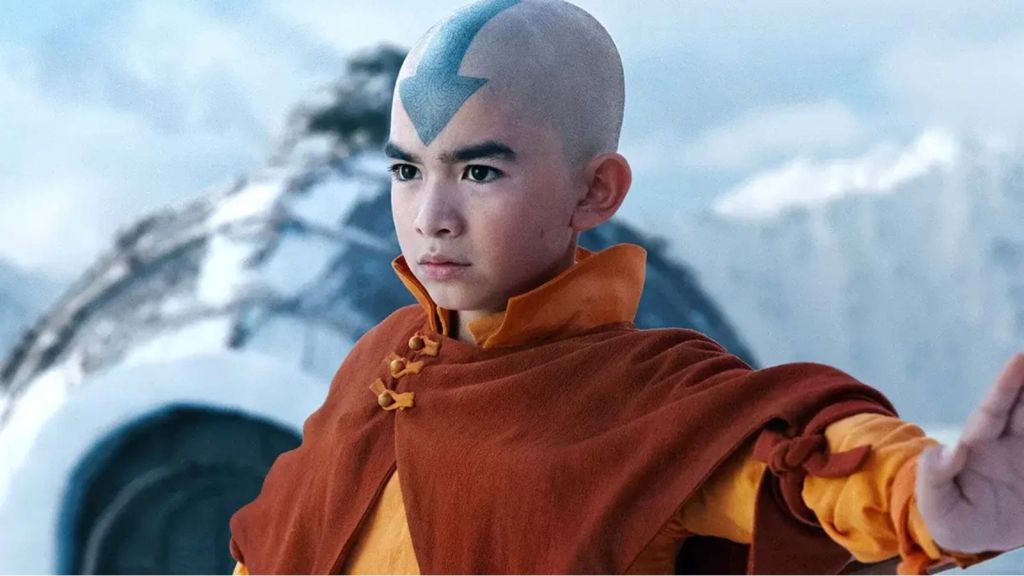
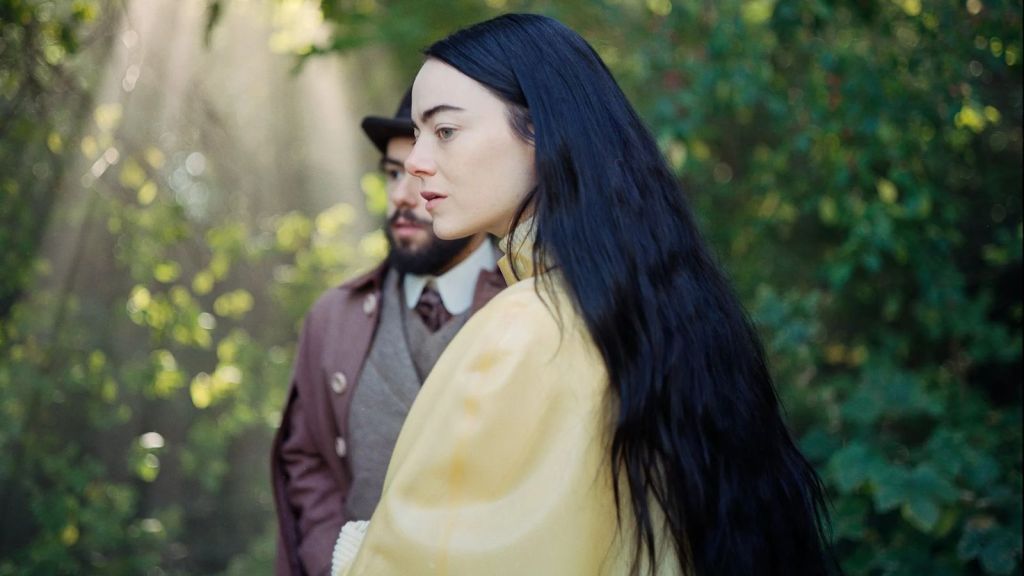
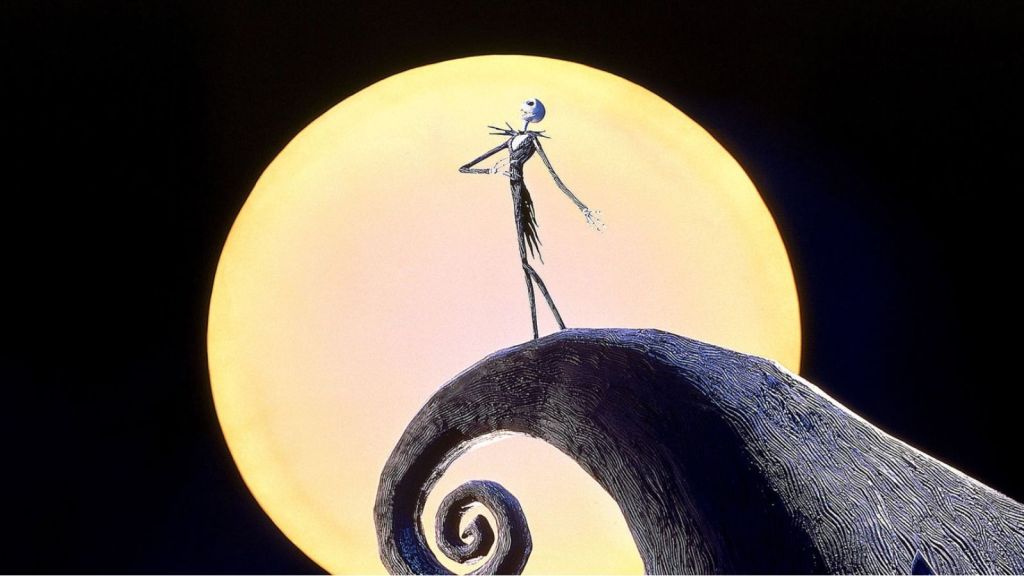
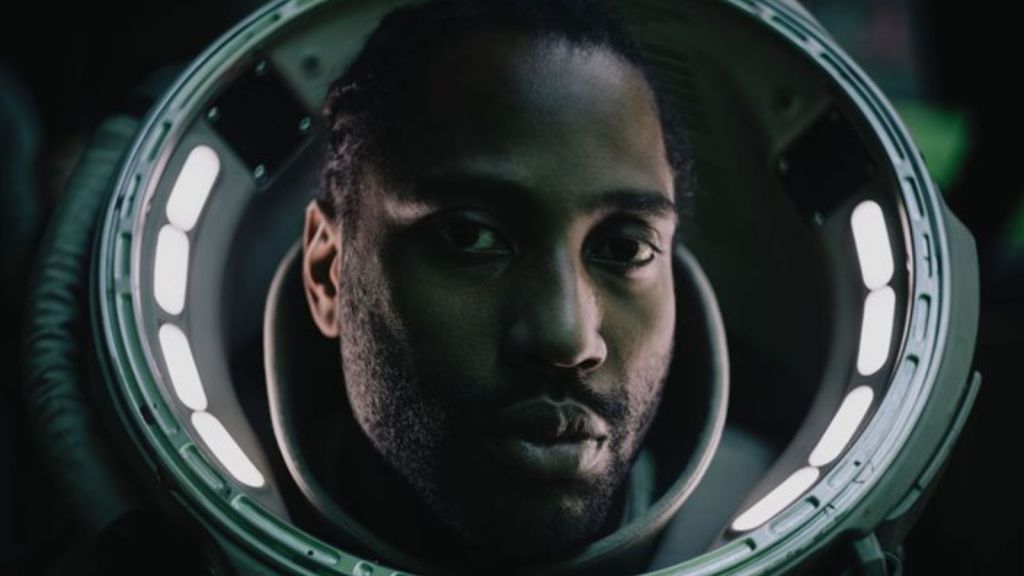


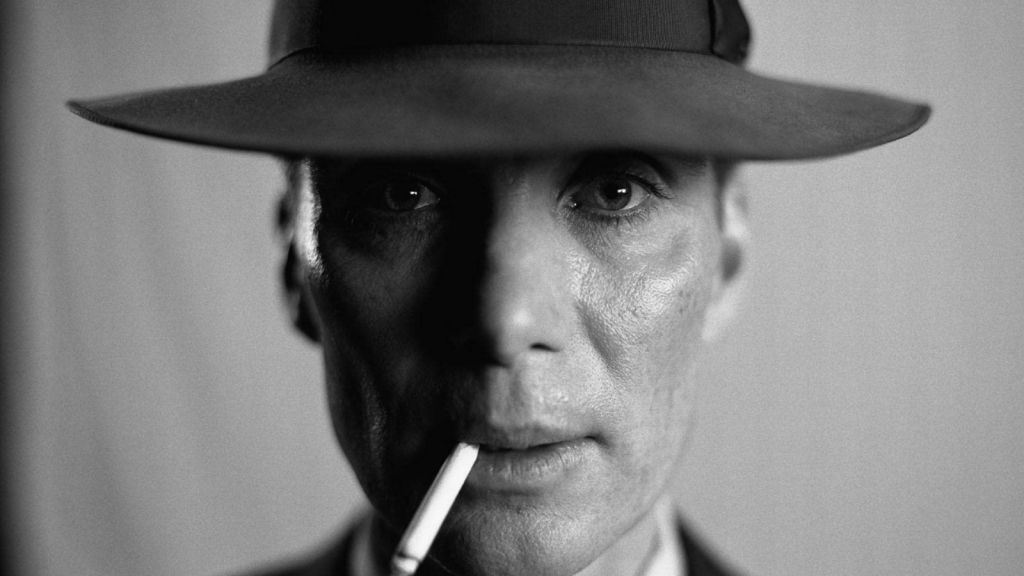
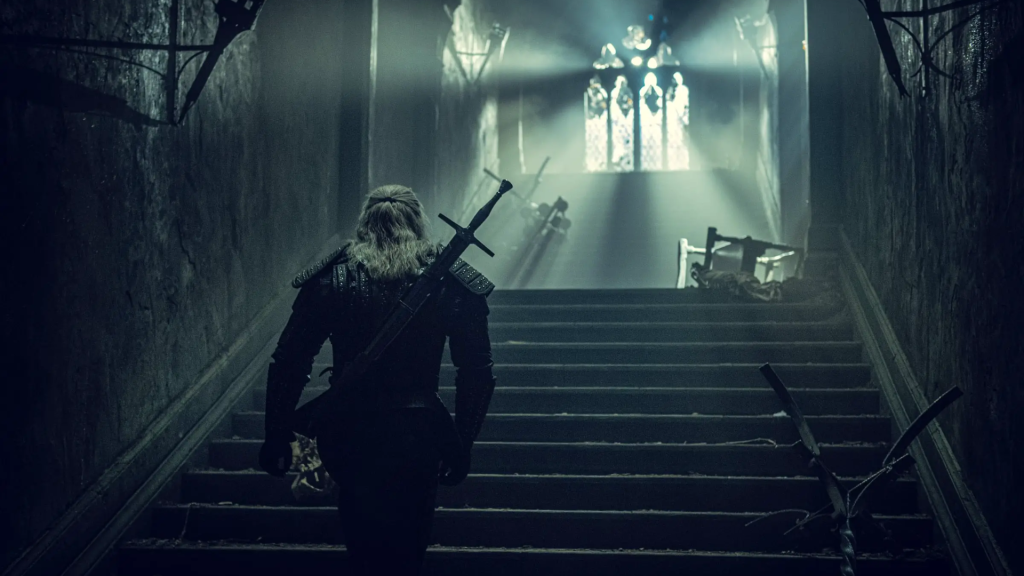
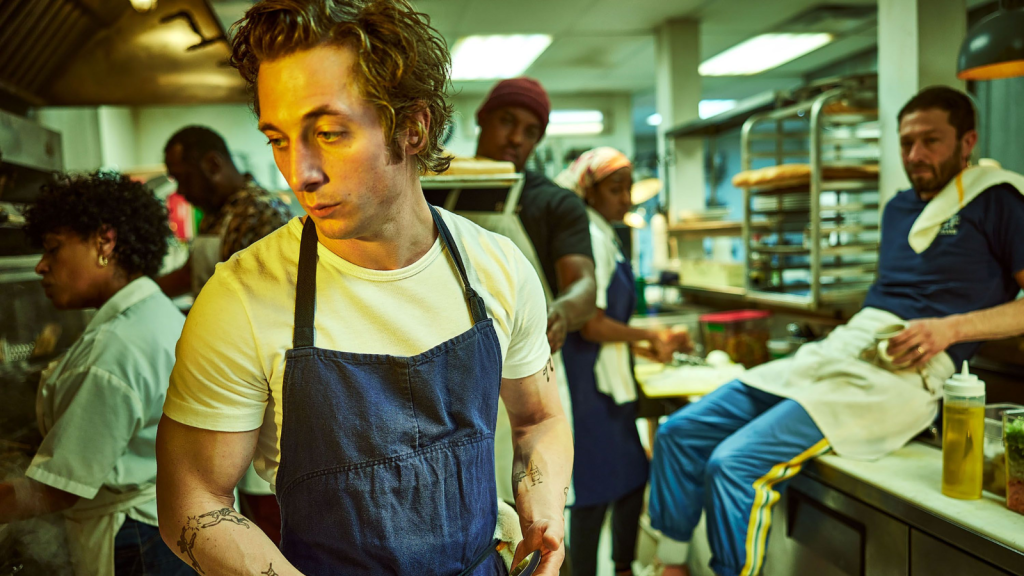
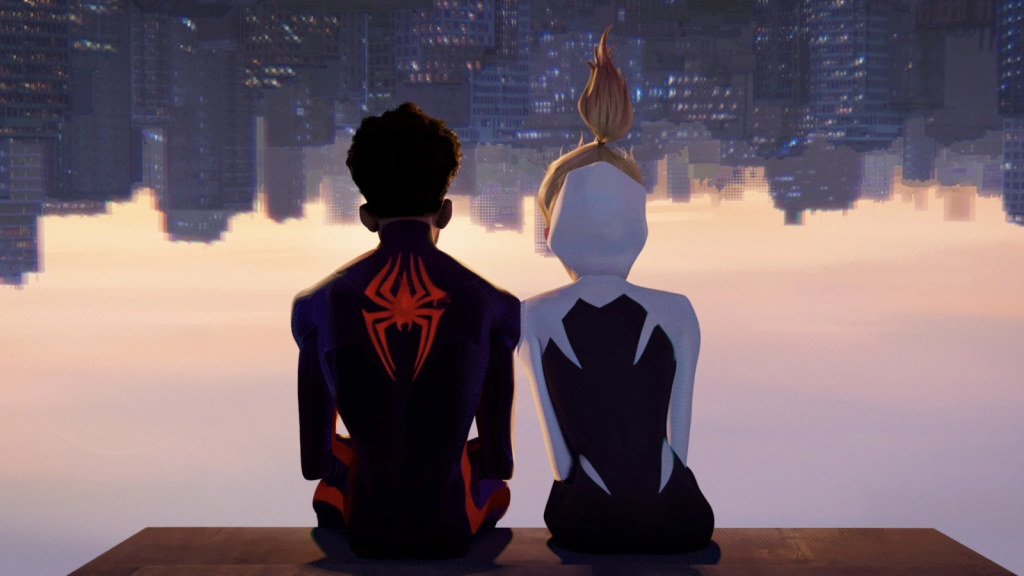
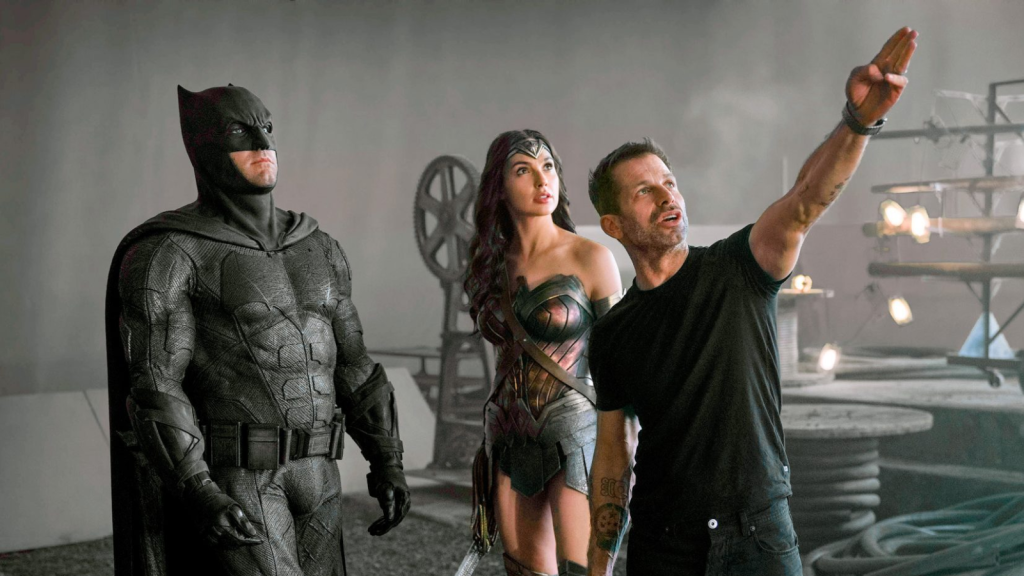

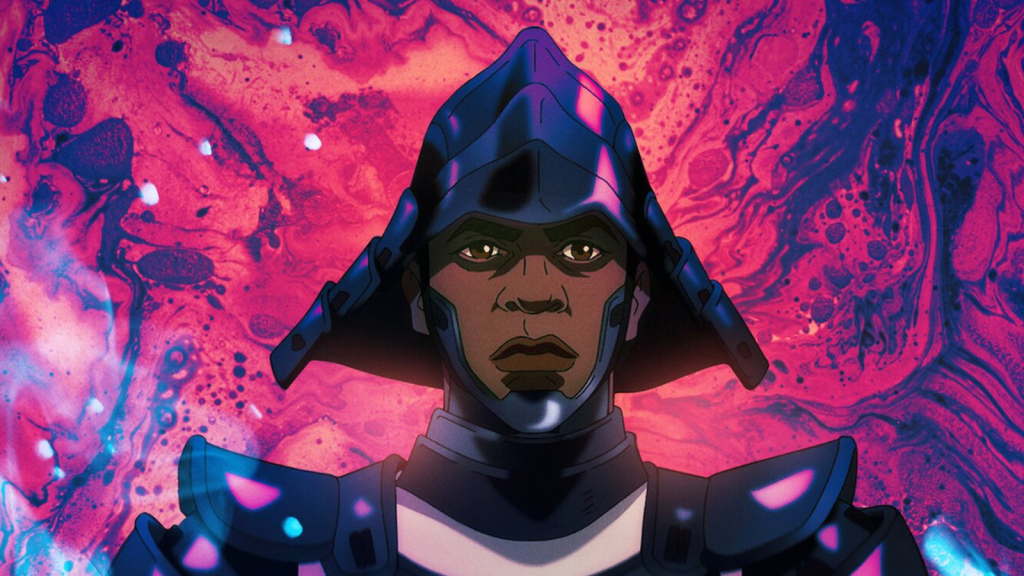
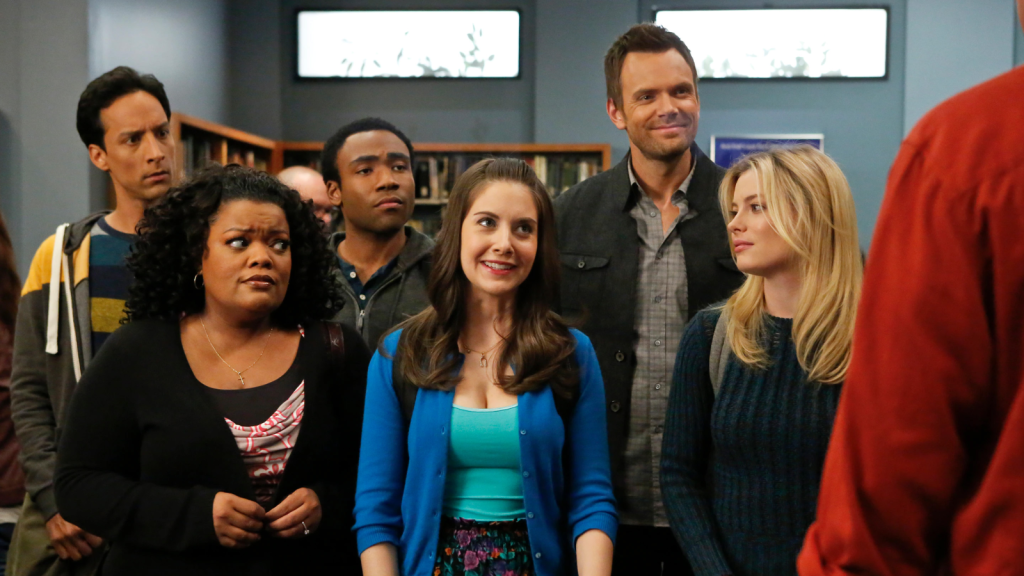
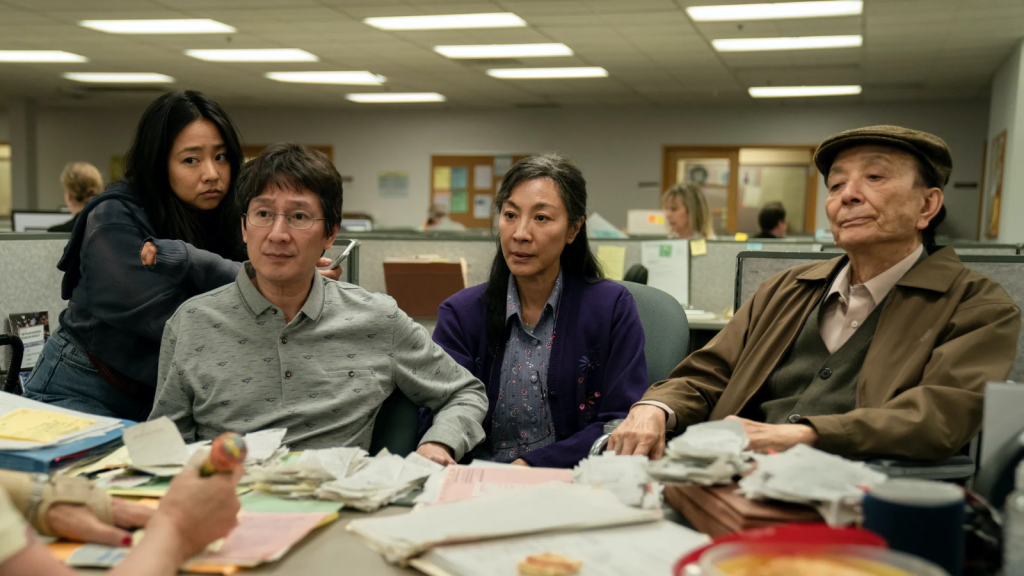
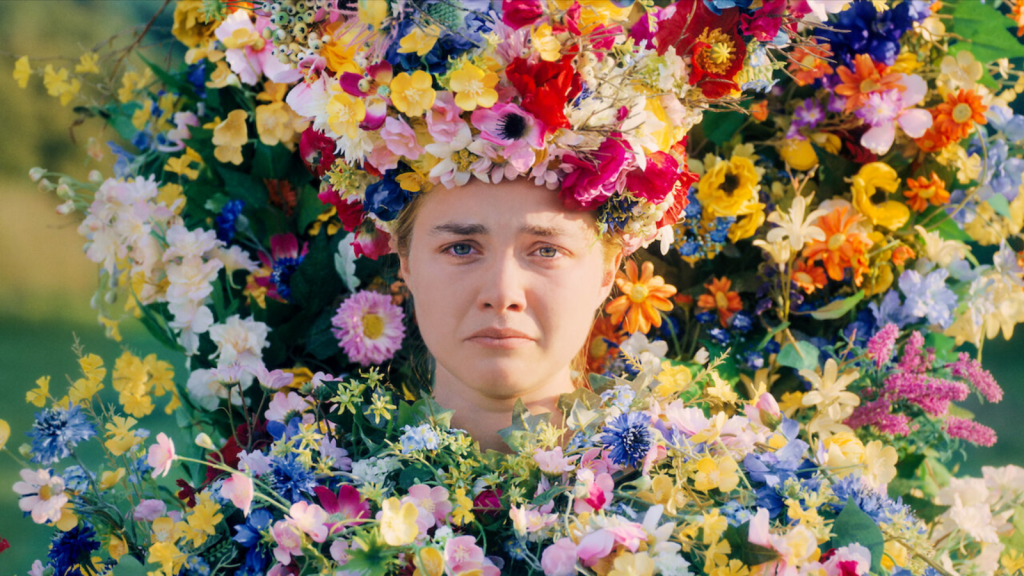
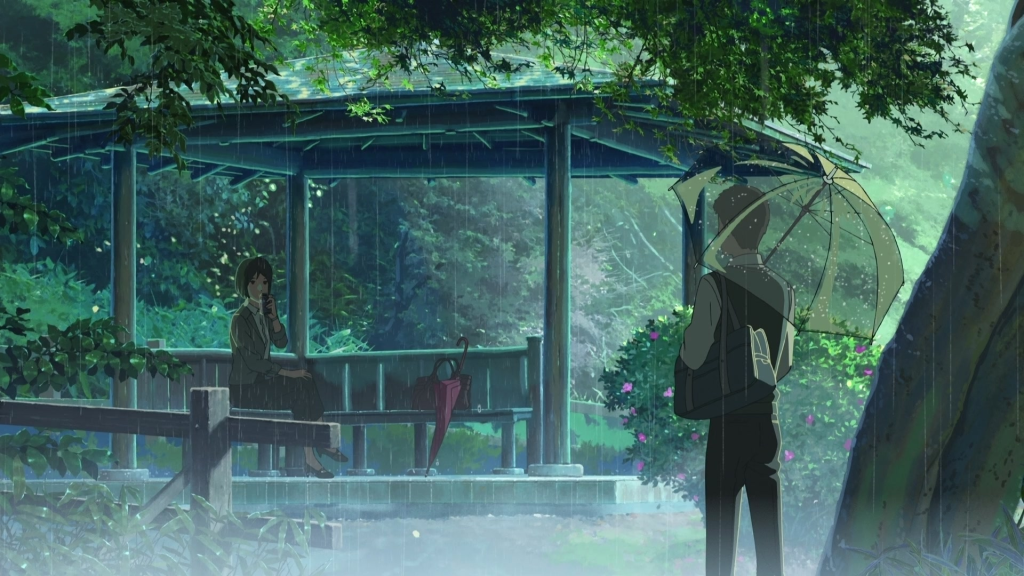
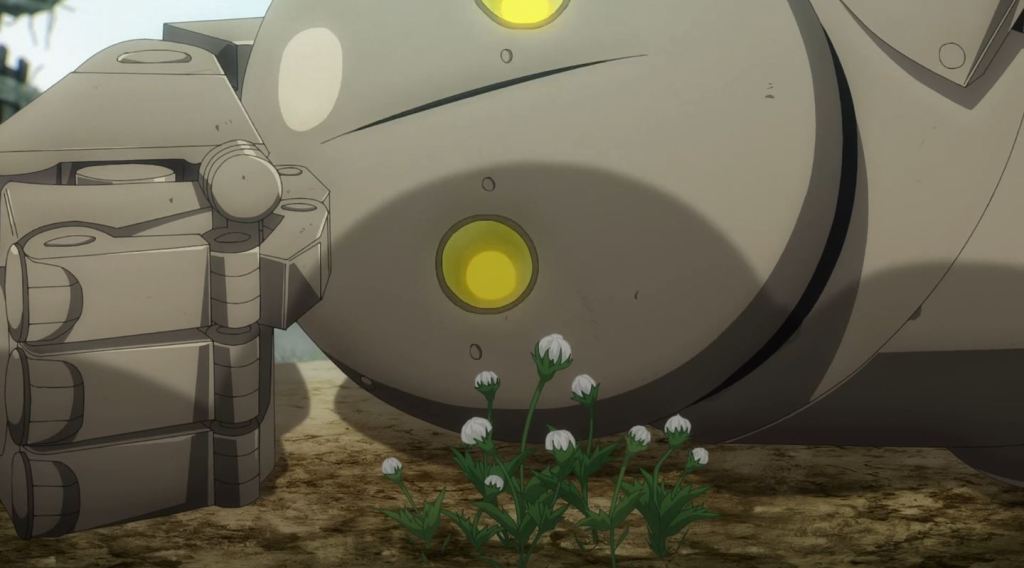
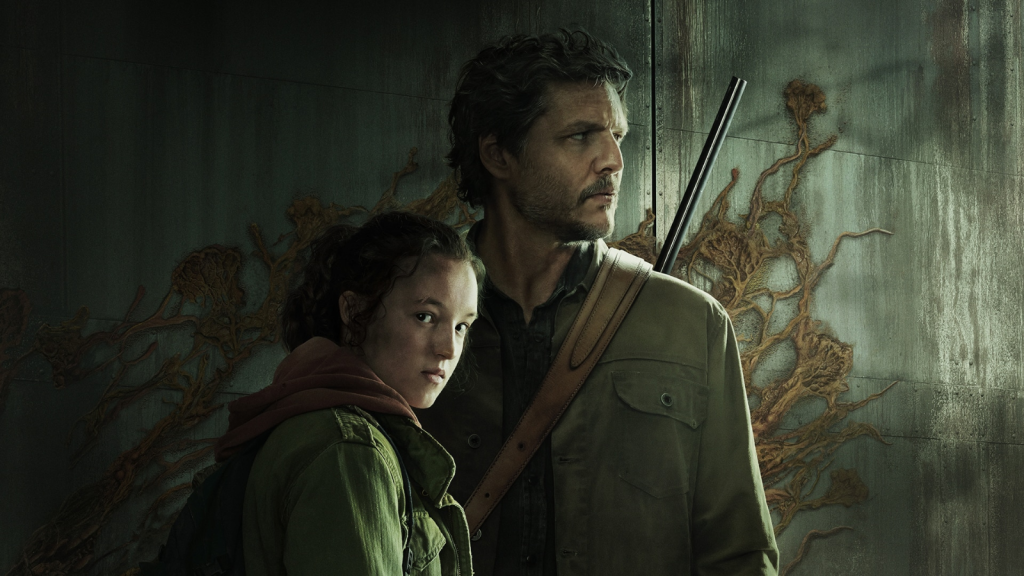
Leave a comment